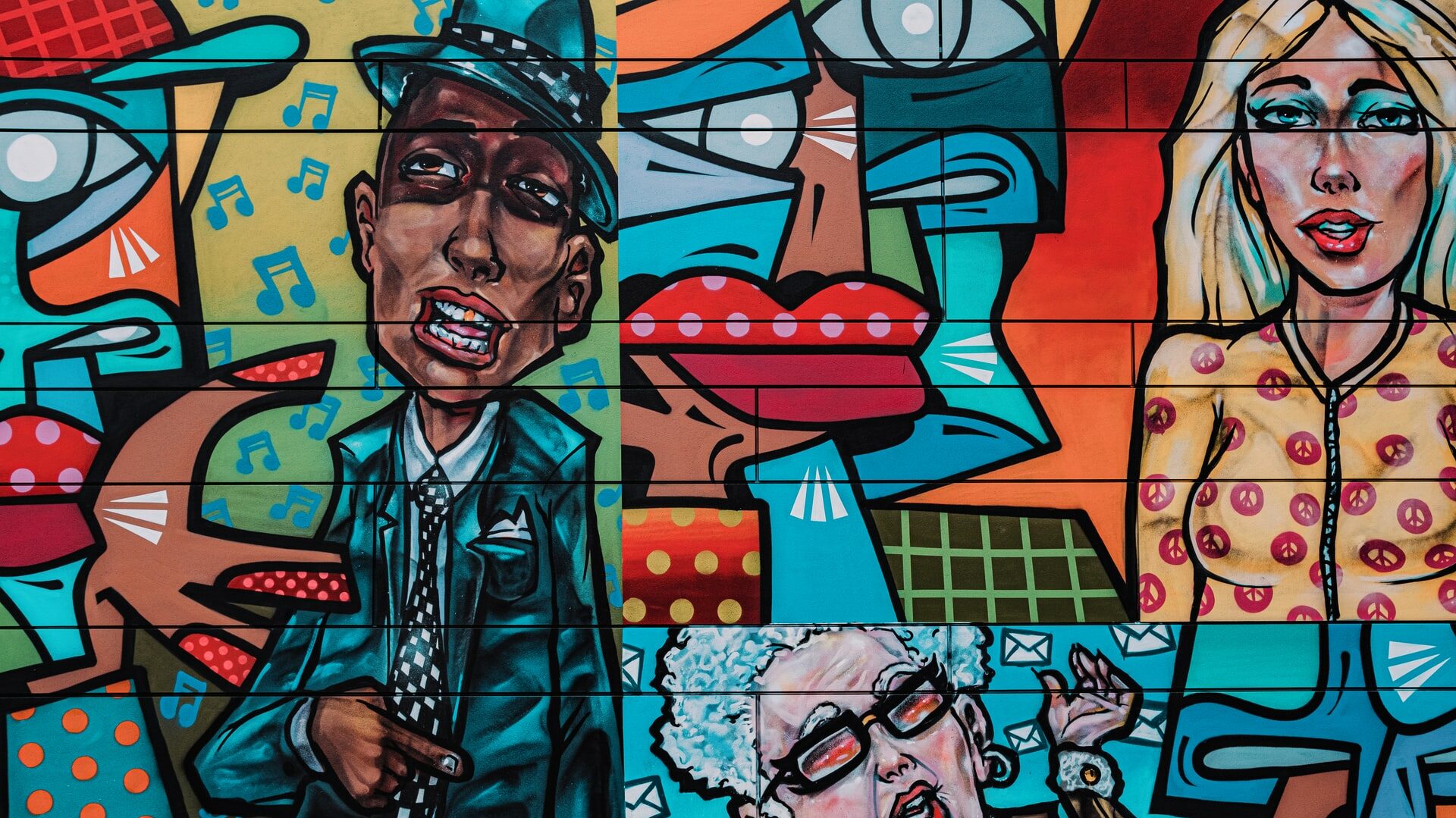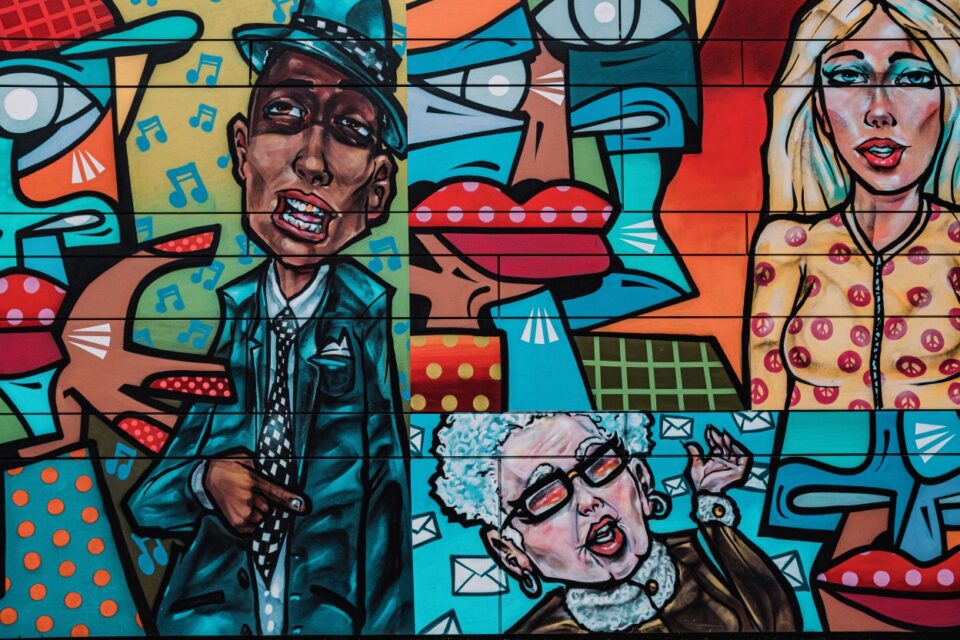This article provides a comprehensive guide on how to create a cartoon using Artificial Intelligence (AI) technology, from idea generation to finalization. It provides an overview of the different steps involved in the process and suggests AI-powered tools that can help simplify and accelerate the cartoon creation process.
Cartooning is an art form that has been around for many years, capturing the imagination of people young and old. Creating a cartoon entails a lot of hard work, dedication, and creativity. However, with the advent of Artificial Intelligence (AI), the process has become more comfortable and efficient. In this article, we will take you through a step-by-step guide on how to create a cartoon using AI, from conception to finalization.
Step 1: Idea Generation
The idea generation process is the first and most critical step in creating a cartoon using AI. As with traditional cartooning, this involves deciding on the theme of your cartoon and coming up with unique characters. Brainstorming with a team, analyzing trends and researching the market are excellent ways to generate multiple ideas. Writing down all the ideas that come to mind will give you a better sense of direction when starting the AI creation process.
One of the benefits of AI technology in the idea generation stage is that it can help in providing you with more insight into your audience. AI-powered tools can use various algorithms to analyze the current trends, consumption patterns, and predictions of your potential audience. This process can provide valuable insights that can guide you in developing a winning idea.
Step 2: Character Design
The next step in creating a cartoon is to bring your characters to life. Character design involves more than just the physical appearance of the characters, but also their personality traits, features and animation details. These are critical components of ensuring that your cartoon characters are memorable and appealing to your audience.
To achieve excellent character design, you can utilize AI-powered tools that provide character design templates and features. Examples of these tools include Amper AI, Character Generator (from Adobe Creative Cloud), and more. These tools simplify the character design process by offering customization options, artificial intelligence-enabled algorithms, and pre-made designs for you to choose from.
Step 3: Storyboarding
Storyboarding is an essential part of creating a cartoon using AI. Storyboarding involves drawing out the sequence of events in your cartoon, including dialogues and actions. A storyboard acts as your visual guide, illustrating scenes and actions, and helps in keeping you on track.
AI-powered tools such as Vectornator and Canva can assist in making the storyboard creation process quick and easy. These tools come with features that help in designing templates and scenes that align with the theme of your cartoon, and the option of exporting frames as images or videos.
Step 4: Voiceover
Once your storyboard is ready, the next step in creating a cartoon is to add a voiceover. The voiceover itself can enhance the cartoon storyline and add depth and character to the creative work. With the aid of AI, you don’t need a professional voice actor to achieve this. Software like Lumen5, Wideo, and Biteable offer automated voiceover services in various languages, male or female voice and with different tones. This feature helps to save you time, effort, and costs that would have been incurred in hiring a third-party voice actor.
Initially, AI-powered voiceover technology wasn’t as sophisticated, and most voices sounded robotic, but this has significantly improved recently. Most AI technologies can now mimic human speech, and can even adjust responses according to various factors such as machine learning, natural language processing, and sentiment analysis.
Step 5: Animation
Creating animation is the process that brings your creative digital drawings to life. Animation is an essential part of the process as it is what generates the visual effects that make your cartoon come to life; sound effects, character movements, among others. In the past, creating animations involved time-consuming processes such as manually drawing and animating frame by frame.
However, AI-powered tools have made the animation process quicker and easier than ever before. Some of these AI tools are CrazyTalk, Adobe Animate, and Animaker, where you drag-and-drop the character or feature you want to animate. These tools provide pre-designed animation features and templates that you can modify or entirely generate on your own.
Step 6: Special Effects and Sound Effects
Special effects and sound effects are critical parts of a successful cartoon. These effects make scenes come to life, add that WOW effect, and improve the overall quality of the final product. Adding sound effects or special visual effects (VFX) manually can be time-consuming and often requires specialized software or expertise.
Fortunately, AI-powered tools like Renderforest, Filmora, and Audiochoppy can make the process effortless and affordable. Most of these tools come with advanced features and pre-made sound and VFX templates, resulting in more polished end products with spectacular sound and visual effects.
Step 7: Finalization
After all the preceding steps have been completed, the finalization phase comes in. This is often the part of the process where you make necessary edits and finalize the project. Adobe’s Character Animator, for instance, is an excellent tool to ensure that all the features of the characters are captured and to make any final tweaks. Once you are satisfied with the outcome, you can add it to Adobe Premiere Pro to help finalize the project.
Finalizing a project involves several activities, such as reviewing and organizing files, incorporating feedback, color grading, adding transitions, and making sure that the final product is of high quality. Some AI-powered post-production tools like DaVinci Resolve and Adobe After Effects offer advanced post-production features and automation that make finalizing your project easier and more efficient.
Conclusion
The creation of a cartoon using AI technology is a more streamlined and cost-effective process compared to traditional cartooning methods. The technology provides cartoonists with an excellent platform to bring their ideas from conception to actualization with ease. To recap, the process of creating a cartoon using AI is comprised of various steps such as idea generation, character design, storyboarding, voiceover, animation, special effects and sound effects addition, and finalization.
When using AI to create cartoons, you should remember to select the appropriate tools according to your needs and preferences. Regardless of the method used, developing a great cartoon requires a combination of creativity, talent, and persistence. With the evolution of AI technology and endless possibilities to bring stories to life, the creation of amazing cartoons has never been easier.

